Lactic acid, glycolic acid, salicylic and hyaluronic acid are four popular ingredients found in beauty products, particularly skincare items. While all four are acids, each compound offers distinct benefits and targets various concerns. Understanding the differences between these acids can help you find the right products for your specific needs.
1-What is Lactic Acid and where does it come from ?
Lactic acid, a naturally occurring alpha-hydroxy acid (AHA), is actually NOT derived from milk products. It is obtained by the fermentation of sugarcane, corn, or beet. It is known for its exfoliating properties, making it an effective ingredient in skincare products. Lactic acid gently removes dead skin cells, resulting in smoother, brighter, and more youthful-looking skin. It also enhances moisture retention and can help improve the appearance of fine lines and wrinkles. Additionally, lactic acid can be beneficial for individuals with sensitive skin, as it is generally less irritating than other AHAs.
2- What is Glycolic Acid and where does it come from ?
Glycolic acid, another AHA, is derived from sugarcane and is well-known for its exfoliating and anti-aging properties. Compared to lactic acid, glycolic acid has smaller molecules, allowing it to penetrate the skin more deeply. This deeper penetration aids in stimulating collagen production, reducing the appearance of wrinkles, and improving skin texture. Glycolic acid is also effective at fading hyperpigmentation and acne scars, as it helps increase cell turnover and reveal fresher skin underneath.
3- What is Salicylic Acid and where does it come from ?
On the other hand, salicylic acid is a beta-hydroxy acid (BHA) that is oil-soluble. This characteristic enables it to penetrate deep into the pores and loosen clogged sebum, making it an ideal ingredient for treating acne and combating blackheads and whiteheads. Salicylic acid has anti-inflammatory properties, reducing redness and swelling associated with acne. Its ability to exfoliate the skin’s surface layer also helps to reveal a smoother complexion and prevent future breakouts.
4- What is Hyaluronic Acid and where does it come from ?
Hyaluronic acid is a naturally occurring substance in our bodies and is found in our skin, connective tissues, and eyes. It is a type of glycosaminoglycan, which is a key component of the extracellular matrix that provides structural support to skin cells. In beauty products, hyaluronic acid is used for its moisturizing and hydrating properties. It has the ability to hold up to 1,000 times its weight in water, making it highly effective in retaining moisture in the skin.
As we age, our skin’s natural hyaluronic acid levels deplete, resulting in dryness, loss of firmness, and the appearance of fine lines and wrinkles. By topically applying hyaluronic acid, beauty products aim to replenish the moisture loss, restore hydration, and improve the overall appearance of the skin. It can help plump up the skin, reduce the visibility of wrinkles, and improve the smoothness and elasticity of the skin.
5- Risks of AHAs and BHAs.
Although chemical peels are highly effective for the skin, their use requires a few precautions. Carefully follow the recommendations of your skin care professional to determine the right type of peel for your skin. After a chemical peel, maintain an at-home skincare routine, always using sunscreen to protect your newly regenerated skin.
Harness the power of chemical peels and AHA Micropeeling to reveal the best version of your skin. With Methode Physiodermie, beauty rhymes with science and nature.
Among all acids, hyaluronic acid is considered the safest and is suitable for various skin types, including sensitive skin, as it is a gentle and non-irritating ingredient. Its hydration benefits make it a popular ingredient in moisturizers, serums, masks, and other skincare products.
6- How to use Acids in your Skincare routine ?
Using different kinds of acids in your daily beauty routine can have several benefits for your skincare:
- Exfoliation: Many acids, such as glycolic acid and lactic acid, are excellent exfoliants. They break down dead skin cells, unclog pores, and promote cell turnover, resulting in smoother and brighter skin.
- Brightening and Even Skin Tone: Certain acids, like L Ascorbic Acid (vitamin C), help to fade dark spots, hyperpigmentation, and acne scars, promoting a more even skin tone and a brighter complexion.
- Acne Treatment: Salicylic acid is a common ingredient in acne-fighting products. It penetrates the pores, unclogs them, and reduces inflammation, making it effective in treating acne-prone skin.
- Hydration and Moisturization: Hyaluronic acid is a popular ingredient in many skincare products due to its ability to attract and retain moisture. It helps to hydrate and plump the skin, reducing the appearance of fine lines and wrinkles.
- Anti-aging Effects: Acids like retinol and alpha-hydroxy acids (AHAs) stimulate collagen production, which helps to improve the elasticity and firmness of the skin, reducing the signs of aging.
It’s important to note that acids should be used in moderation and based on your skin type and concerns. It’s always recommended to consult with a dermatologist or skincare professional before incorporating any new acids into your routine to ensure their suitability for your skin.
As with any skincare ingredient, it’s crucial to start slowly and patch test before incorporating any products into your routine. Additionally, since these acids can increase your skin’s sensitivity to the sun, always remember to apply a broad-spectrum sunscreen when using products containing lactic acid, glycolic acid, or salicylic acid.

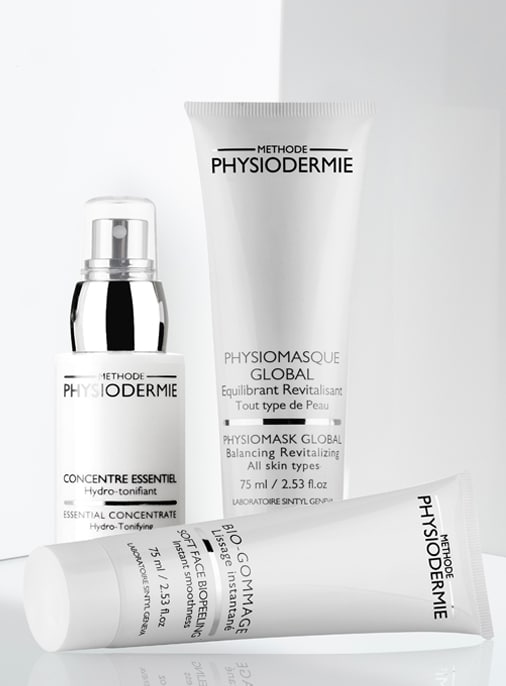
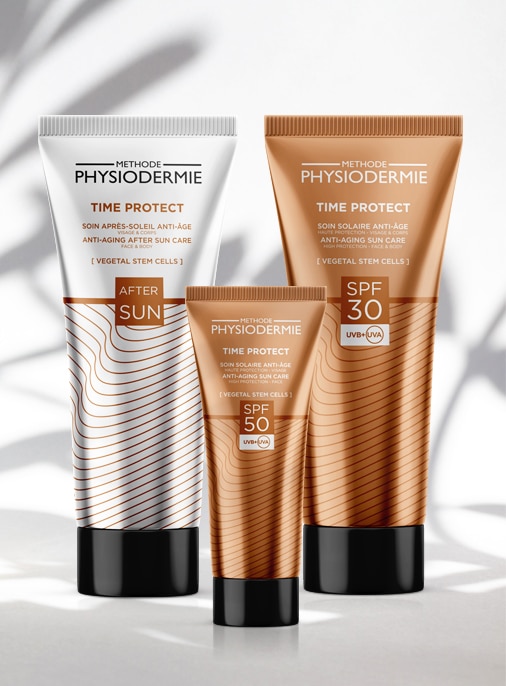
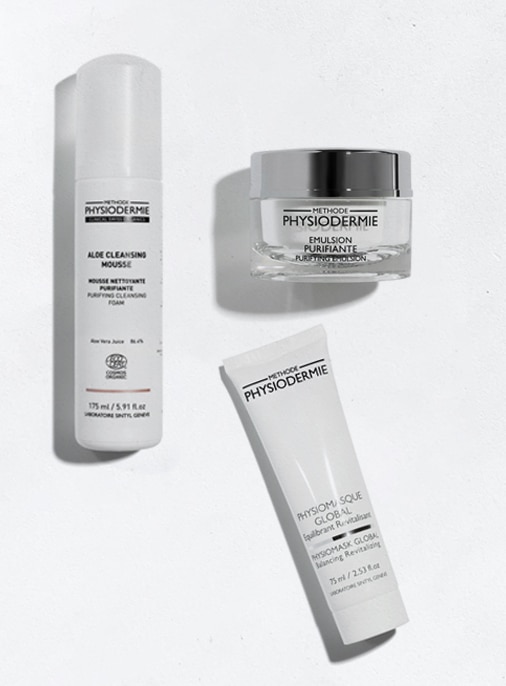
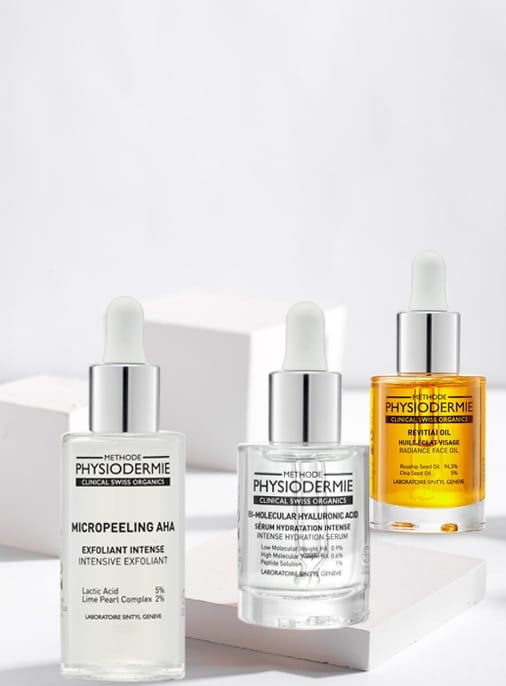
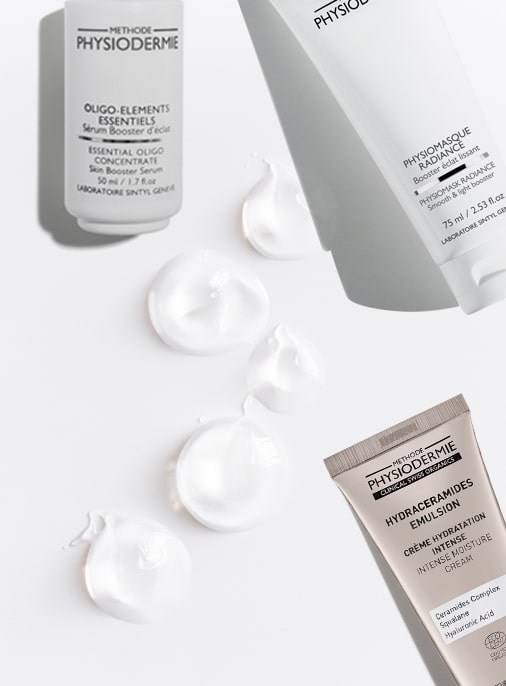
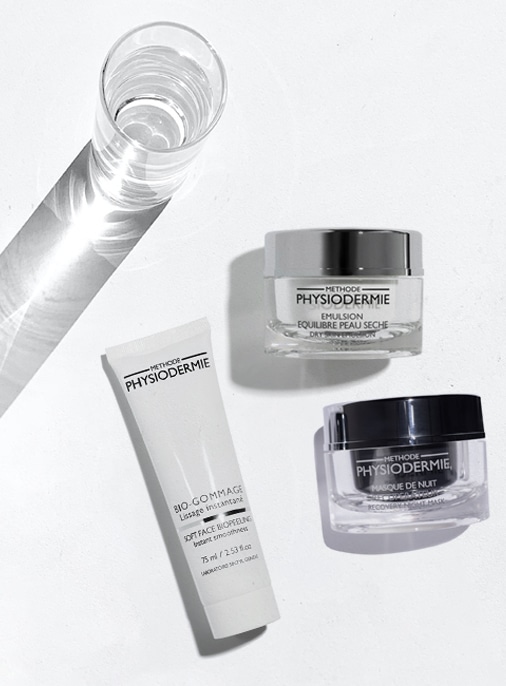
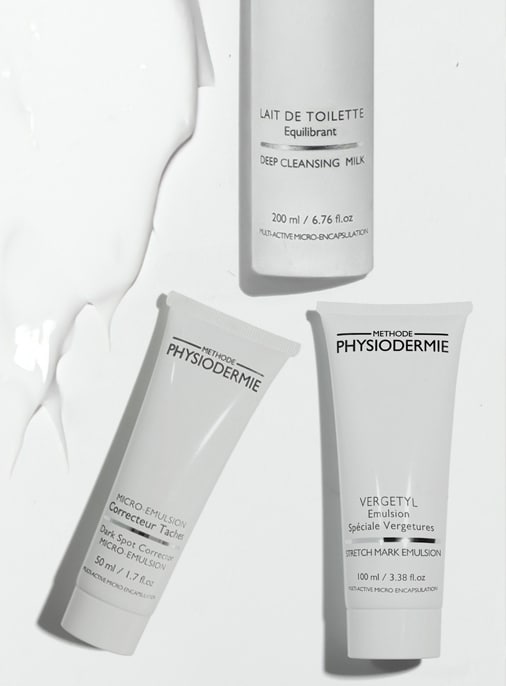
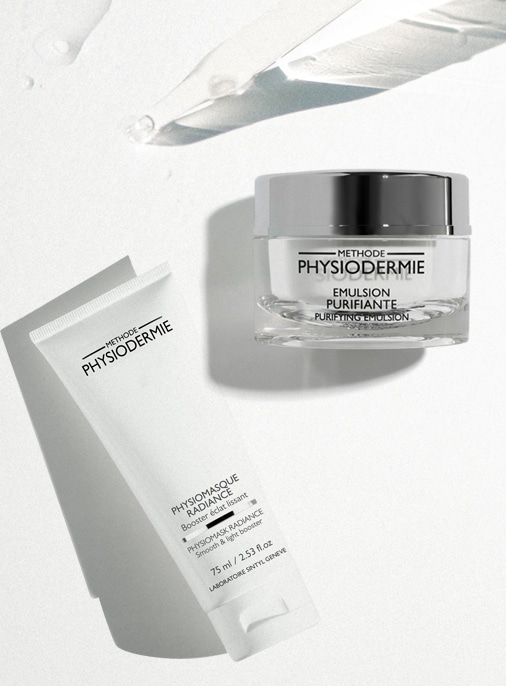
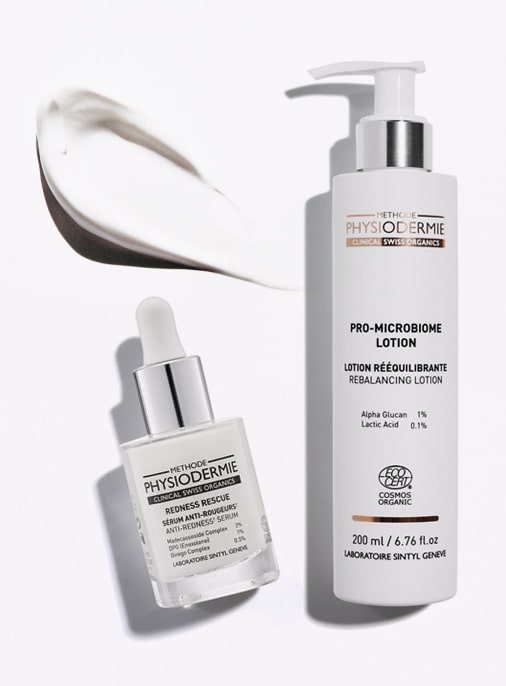
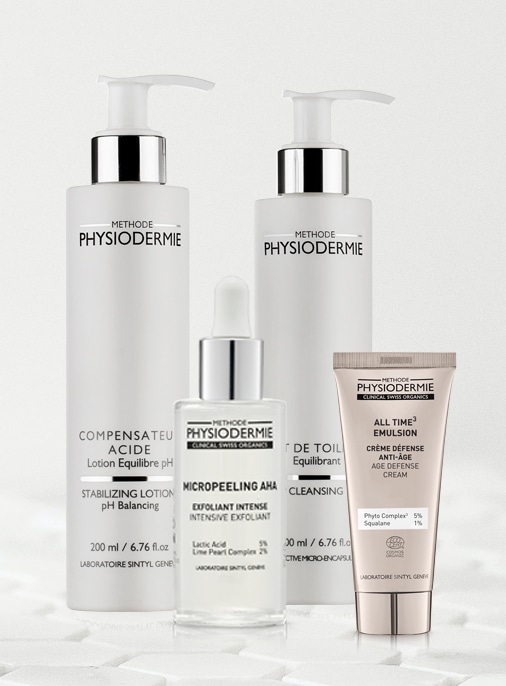
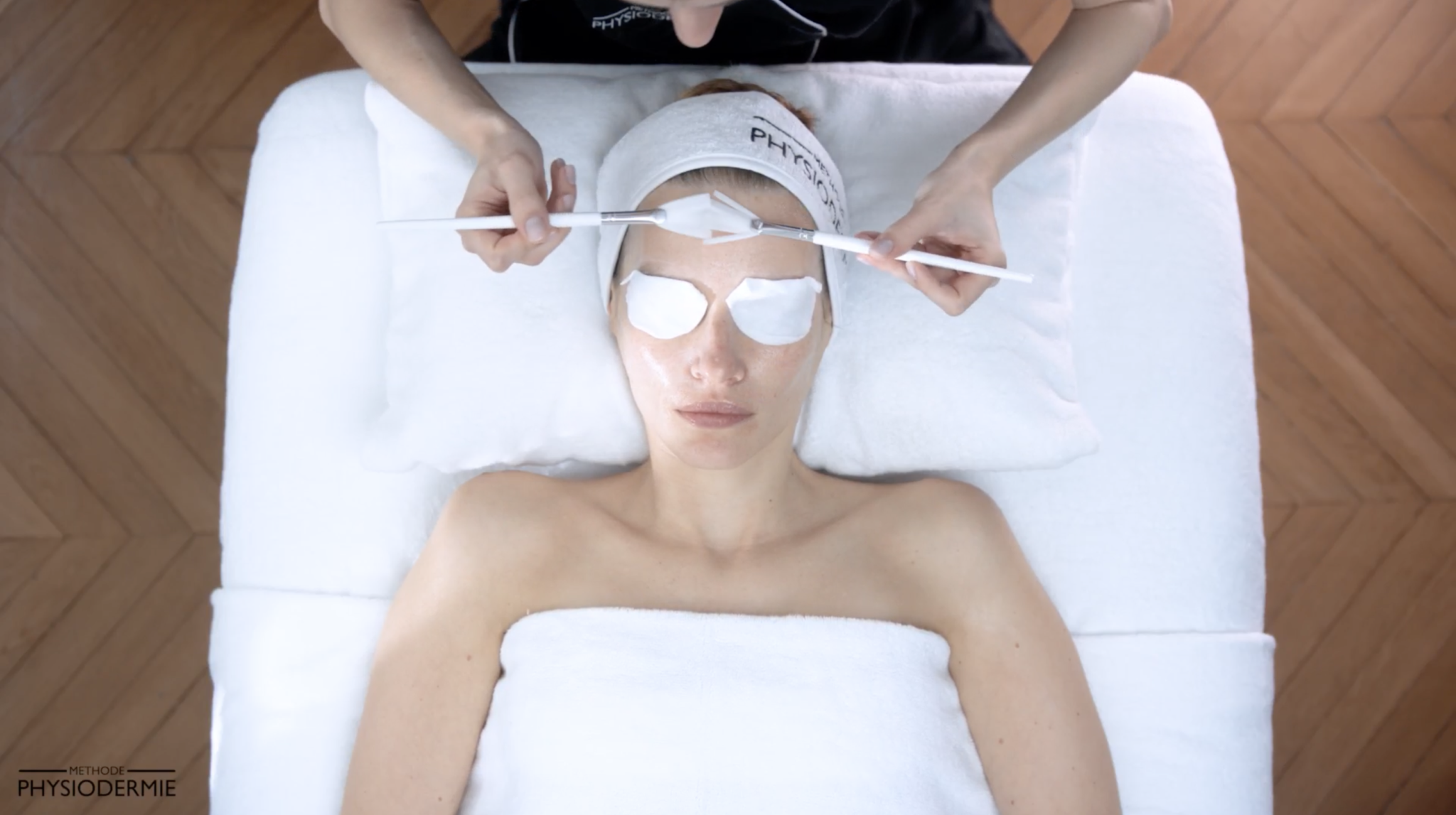
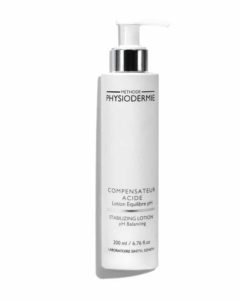
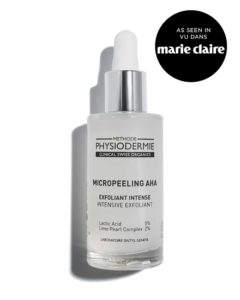
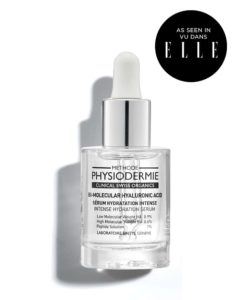



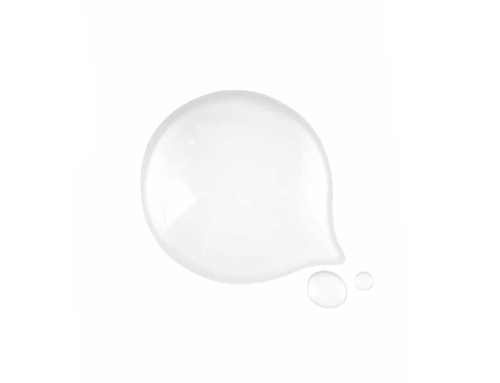
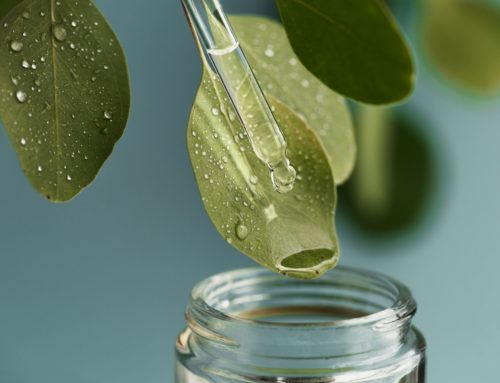

Leave A Comment